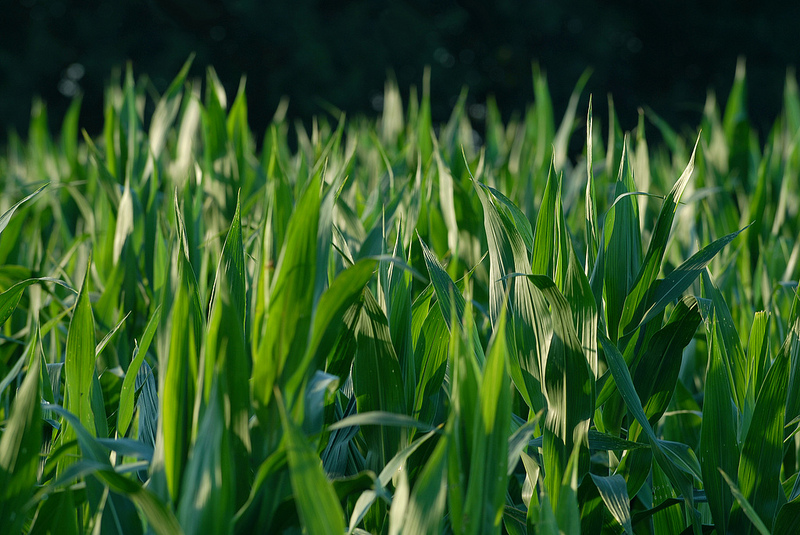Vanadium catalysts break down biomass into useful components

Due to diminishing petroleum reserves, non-food biomass (lignocellulose) is an attractive alternative as a feedstock for the production of renewable chemicals and fuels.
Get Expertise
- Researcher
- Susan Hanson
- Inorganic Isotope & Actinide Chem
- Researcher
- Ruilian Wu
- Bioenergy & Environmental Science
- Researcher
- Louis “Pete” Silks
- Bioenergy & Environmental Science
Vanadium catalysts break down biomass into useful components
Due to diminishing petroleum reserves, non-food biomass (lignocellulose) is an attractive alternative as a feedstock for the production of renewable chemicals and fuels.
The Department of Energy estimates the United States could produce as much as 1.3 billion tons per year of lignocellulose, enough to replace 30 percent of the current U.S. petroleum consumption.
Transforming lignin efficiently is a challenge
However, efficient transformation of lignin, an integral and problematic component of lignocellulose, into useful compounds is a major challenge, primarily because lignin is a randomized aromatic polymer that is resistant to decomposition.
Susan Hanson of Inorganic, Isotope and Actinide Chemistry (C-IIAC), Ruilian Wu and Louis “Pete” Silks of Bioenergy and Environmental Science (B-8) have developed a significant advance in catalysis science that furthers the important goal of breaking down biomass into high-value commodity chemicals. The journal Angewandte Chemie International Edition published the article in the online Early View and will highlight the research on the inside cover of the April print edition of the journal.
Two vanadium catalysts shown to break apart lignin model compounds
The Los Alamos research demonstrates that vanadium catalysts break down a lignin model compound selectively into useful components. Vanadium is an inexpensive, earth-abundant metal that is well suited for promoting oxidations in air.
The scientists showed that two different vanadium catalysts could break apart lignin model compounds in different ways. The vanadium complexes catalyze carbon-carbon or carbon-oxygen bond cleavage reactions in air under mild, environmentally “green” conditions.
Efficient lignin breakdown furthers research into converting biomass to fuels
Efficient break down of lignin is a major research goal for improved methods of converting biomass to fuels. This advance opens the door to develop selective methods for breaking down lignin substructures using a cost-effective, relatively abundant catalyst.
Laboratory Directed Research and Development (LDRD) funded the work, which supports the Lab’s Energy Security mission area and the Materials for the Future science pillar.






